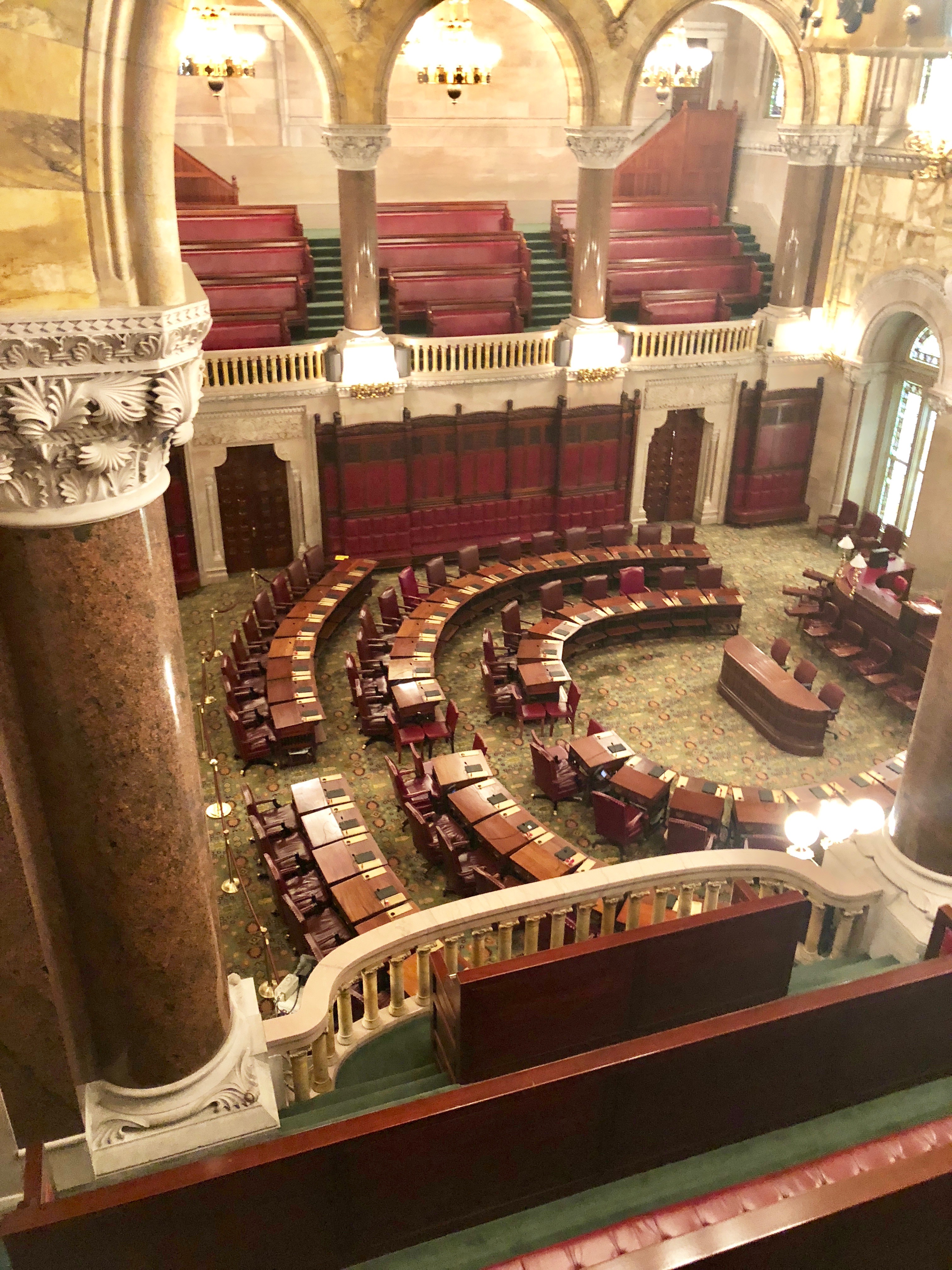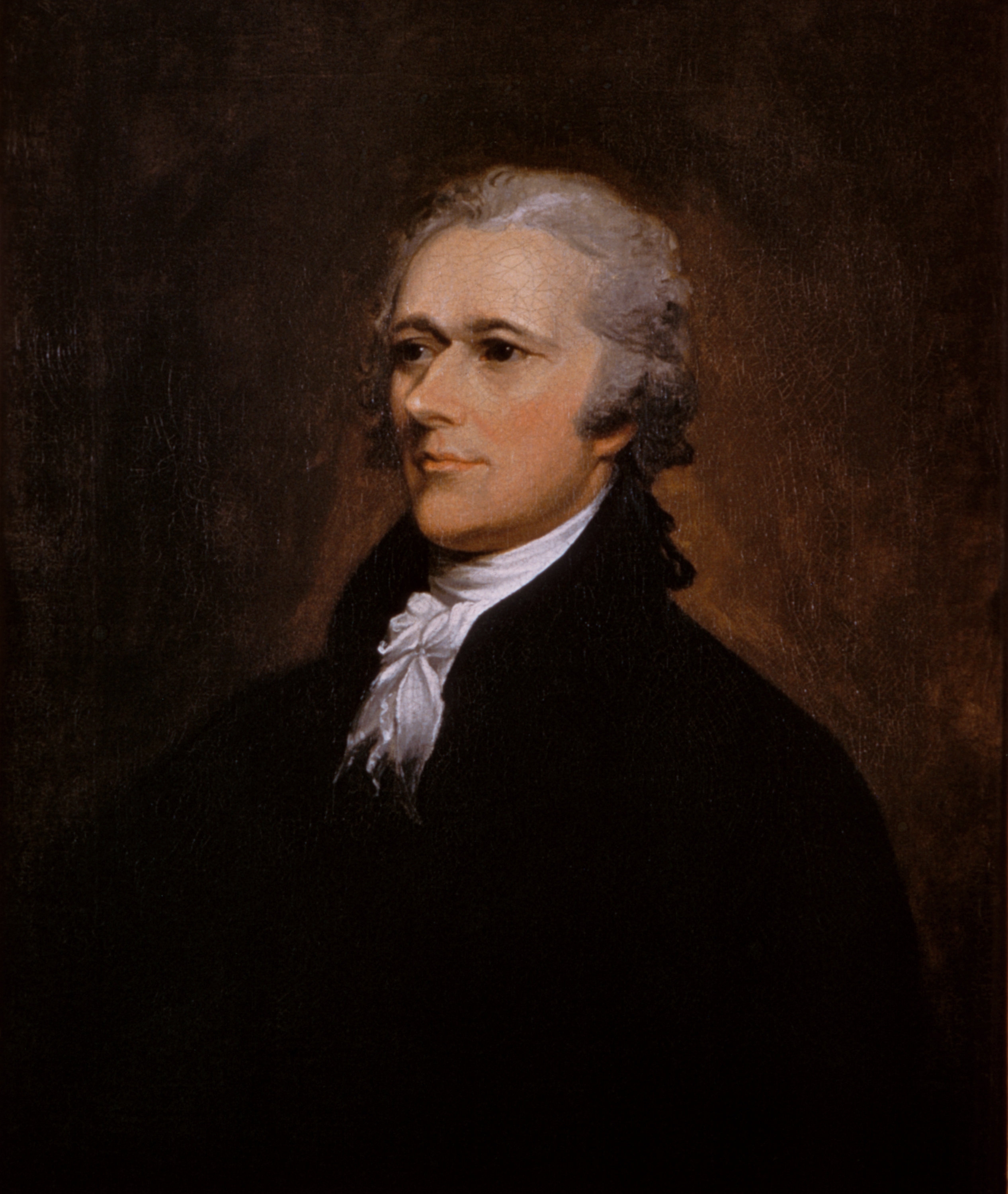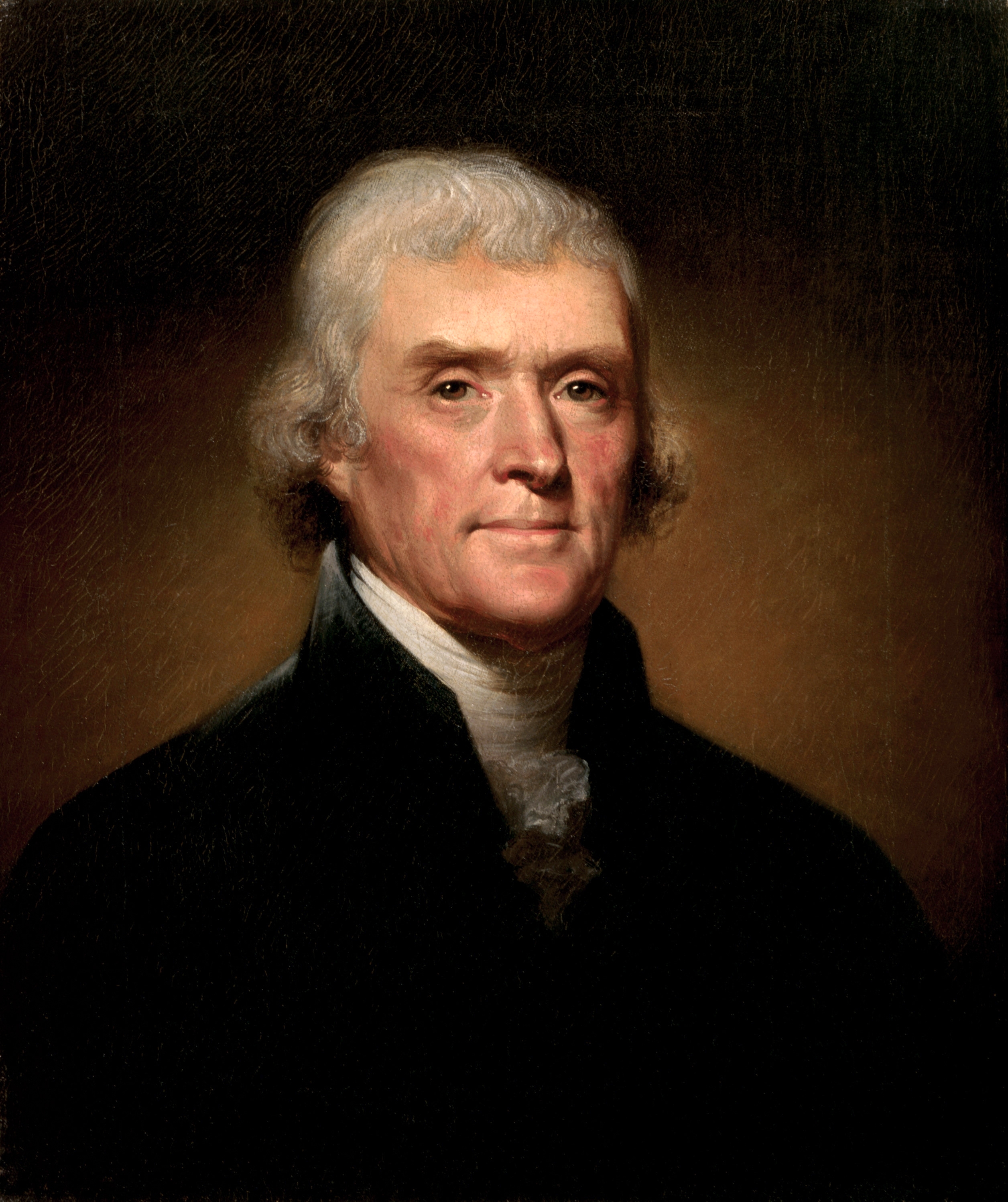|
John Woodworth (lawyer)
John Woodworth (November 12, 1768, Schodack – June 1, 1858, Albany, New York) was an American lawyer and member of the Woodworth political family. Early life and education Woodworth was born in 1768, the son of future New York State Senator Robert Woodworth, and Rachel Fitch, daughter of Abel Fitch. Woodworth studied law with John Lansing, Jr. at Yale College, graduating in 1788, and was admitted to the bar in 1791. Personal life He married Catharine Westerlo (1778–1846, sister of Rensselaer Westerlo, and half-sister of Stephen Van Rensselaer III)."Descendants of Walter Woodworth" p. 81, Retrieved 8 oct 2009. Public service He commenced practice in |
New York State Attorney General
The attorney general of New York is the chief legal officer of the U.S. state of New York and head of the Department of Law of the state government. The office has been in existence in some form since 1626, under the Dutch colonial government of New Netherland. The attorney general of the State of New York is the highest-paid state attorney general in the country. Democrat Letitia James currently serves as attorney general, in office since January 1, 2019. Functions The attorney general advises the executive branch of state government and defends actions and proceedings on behalf of the state. The attorney general acts independently of the governor of New York. The department's regulations are compiled in title 13 of the ''New York Codes, Rules and Regulations'' (NYCRR). Organization The legal functions of the Department of Law are divided primarily into five major divisions: Appeals and Opinions, State Counsel, Criminal Justice, Economic Justice and Social Justice. Chief dep ... [...More Info...] [...Related Items...] OR: [Wikipedia] [Google] [Baidu] |
Rensselaer Westerlo
Rensselaer Westerlo (May 6, 1776April 18, 1851) was a United States representative from New York and a member of the Livingston family. Early life Rensselaer Westerlo was born on May 6, 1776 at the Van Rensselaer Manor House in Albany in the Province of New York. He was the son of Catherine Livingston (1745–1810) and her second husband Eilardus Westerlo (1738–1790). Catherine Livingston was the daughter of Philip Livingston (1716–1778), and widow of Stephen Van Rensselaer II, and the mother of Stephen Van Rensselaer. Westerlo's sister, Catherine Westerlo, married John Woodworth. Westerlo graduated from Columbia College in New York City in 1795. He studied law, was admitted to the bar, and practiced. Career Westerlo was active in the militia, and served as an aide to Stephen Van Rensselaer and commander of a cavalry regiment in the War of 1812. In 1818 he became commander of New York's 3rd Cavalry Brigade with the rank of Brigadier General. Westerlo was elected as ... [...More Info...] [...Related Items...] OR: [Wikipedia] [Google] [Baidu] |
New York State Senate
The New York State Senate is the upper house of the New York State Legislature; the New York State Assembly is its lower house. Its members are elected to two-year terms; there are no term limits. There are 63 seats in the Senate. Partisan composition The New York State Senate was dominated by the Republican Party for much of the 20th century. Between World War II and the turn of the 21st century, the Democratic Party only controlled the upper house for one year. The Democrats took control of the Senate following the 1964 elections; however, the Republicans quickly regained a Senate majority in special elections later that year. By 2018, the State Senate was the last Republican-controlled body in New York government. In the 2018 elections, Democrats gained eight Senate seats, taking control of the chamber from the Republicans. In the 2020 elections, Democrats won a total of 43 seats, while Republicans won 20; the election results gave Senate Democrats a veto-proof two-thirds ... [...More Info...] [...Related Items...] OR: [Wikipedia] [Google] [Baidu] |
Federalist Party
The Federalist Party was a Conservatism in the United States, conservative political party which was the first political party in the United States. As such, under Alexander Hamilton, it dominated the national government from 1789 to 1801. Defeated by the Jeffersonian Republicans in 1800, it became a minority party while keeping its stronghold in New England and made a brief resurgence by opposing the War of 1812. It then collapsed with its last presidential candidate in 1816. Remnants lasted for a few years afterwards. The party appealed to businesses and to conservatives who favored banks, national over state government, manufacturing, an army and navy, and in world affairs preferred Kingdom of Great Britain, Great Britain and strongly opposed the French Revolution. The party favored centralization, Early federalism in the United States, federalism, Modernization theory, modernization, Industrialization in the United States, industrialization and Protectionism in the United S ... [...More Info...] [...Related Items...] OR: [Wikipedia] [Google] [Baidu] |
Theodorus Bailey (senator)
Theodorus Bailey (October 12, 1758September 6, 1828) was an American lawyer and politician from Poughkeepsie, New York, who represented New York in both the U.S. House and Senate. Early life Bailey was born near Fishkill in the Province of New York on October 12, 1758 where he attended the rural schools and studied law. He was admitted to the bar in 1778 and commenced practice in Poughkeepsie, New York. Career He served with the New York Militia during the Revolutionary War. He also served in the State militia from 1786 until 1805 and attained the rank of brigadier general. Bailey ran for Congress in March 1789, but was defeated by Federalist Egbert Benson. Bailey was elected as a Democratic-Republican to the 3rd and the 4th United States Congresses, serving from March 4, 1793, to March 3, 1797. He was elected again to the 6th United States Congress, serving from March 4, 1799, to March 3, 1801. In April 1801, he was elected to the New York State Assembly, but vacated his s ... [...More Info...] [...Related Items...] OR: [Wikipedia] [Google] [Baidu] |
United States Senate Election In New York, 1803
The 1803 United States Senate election in New York was held on February 1, 1803, by the New York State Legislature to elect a U.S. Senator (Class 1) to represent the State of New York in the United States Senate. Background Gouverneur Morris had been elected in 1800 to complete the term (1797-1803) after Philip Schuyler (1797-98), John Sloss Hobart (1798), William North (1798) and James Watson (1798-1800) had occupied the seat. Morris's term would expire on March 3, 1803. At the State election in April 1802, the Democratic-Republican Party won a large majority to the Assembly, and all 8 State Senate seats up for renewal. The 26th New York State Legislature met from January 25 to April 6, 1803, at Albany, New York. Candidates The assemblymen of the Democratic-Republican Party met in caucus on January 31. Assemblyman John Woodworth received 45 votes and Congressman Theodorus Bailey 30. Woodworth was nominated as the party's candidate, but State Senator Matthias B. Tallmadge, Bai ... [...More Info...] [...Related Items...] OR: [Wikipedia] [Google] [Baidu] |
Democratic-Republican Party
The Democratic-Republican Party, known at the time as the Republican Party and also referred to as the Jeffersonian Republican Party among other names, was an American political party founded by Thomas Jefferson and James Madison in the early 1790s that championed republicanism, agrarianism, political equality, and expansionism. The party became increasingly dominant after the 1800 elections as the opposing Federalist Party collapsed. The Democratic-Republicans splintered during the 1824 presidential election. The majority faction of the Democratic-Republicans eventually coalesced into the modern Democratic Party, while the minority faction ultimately formed the core of what became the Whig Party. The Democratic-Republican Party originated as a faction in Congress that opposed the centralizing policies of Alexander Hamilton, who served as Secretary of the Treasury under President George Washington. The Democratic-Republicans and the opposing Federalist Party each became mo ... [...More Info...] [...Related Items...] OR: [Wikipedia] [Google] [Baidu] |
University Of The State Of New York
The University of the State of New York (USNY, ) is the state of New York (state), New York's governmental umbrella organization for both public and private institutions in New York State. The "university" is not an educational institution: it is, in fact, a licensing and school accreditation, accreditation body that sets standards for schools operating in New York State, from pre-kindergarten through professional and graduate school, as well as for the practice of a wide variety of professions. USNY's governing body is known as the Board of Regents of the University of the State of New York, New York State Board of Regents. History The Board of Regents of the USNY was established by statute on May 1, 1784, to re-establish and oversee King's College as Columbia University and any other colleges and academies incorporated in the state thereafter. On April 13, 1787, the legislature enacted a law that allowed individual educational institutions to have their own trustees (making ... [...More Info...] [...Related Items...] OR: [Wikipedia] [Google] [Baidu] |
Aaron Burr
Aaron Burr Jr. (February 6, 1756 – September 14, 1836) was an American politician and lawyer who served as the third vice president of the United States from 1801 to 1805. Burr's legacy is defined by his famous personal conflict with Alexander Hamilton that culminated in Burr–Hamilton duel, Burr killing Hamilton in a duel in 1804, while Burr was vice president. Burr was born to a prominent family in New Jersey. After studying theology at Princeton, he began his career as a lawyer before joining the Continental Army as an officer in the American Revolutionary War in 1775. After leaving military service in 1779, Burr practiced law in New York City, where he became a leading politician and helped form the new Jeffersonian democracy, Jeffersonian Democratic-Republican Party. As a New York Assemblyman in 1785, Burr supported a bill to end slavery, despite having owned slaves himself. At age 26, Burr married Theodosia Bartow Prevost, who died in 1794 after twelve years of marria ... [...More Info...] [...Related Items...] OR: [Wikipedia] [Google] [Baidu] |
Thomas Jefferson
Thomas Jefferson (April 13, 1743 – July 4, 1826) was an American statesman, diplomat, lawyer, architect, philosopher, and Founding Fathers of the United States, Founding Father who served as the third president of the United States from 1801 to 1809. He was previously the nation's second vice president of the United States, vice president under John Adams and the first United States Secretary of State, United States secretary of state under George Washington. The principal author of the United States Declaration of Independence, Declaration of Independence, Jefferson was a proponent of democracy, republicanism, and individual rights, motivating Thirteen Colonies, American colonists to break from the Kingdom of Great Britain and form a new nation. He produced formative documents and decisions at state, national, and international levels. During the American Revolution, Jefferson represented Virginia in the Continental Congress that adopted the Declaration of Independence. As ... [...More Info...] [...Related Items...] OR: [Wikipedia] [Google] [Baidu] |
1800 United States Presidential Election
The 1800 United States presidential election was the fourth quadrennial presidential election. It was held from October 31 to December 3, 1800. In what is sometimes called the "Revolution of 1800", Vice President Thomas Jefferson of the Democratic-Republican Party defeated incumbent president John Adams of the Federalist Party. The election was a political realignment that ushered in a generation of Democratic-Republican leadership. Adams had narrowly defeated Jefferson in the 1796 election. Under the rules of the electoral system in place before the 1804 ratification of the 12th Amendment, each member of the Electoral College cast two votes, with no distinction made between electoral votes for president and electoral votes for vice president. As Jefferson received the second-most votes in 1796, he was elected vice president. In 1800, unlike in 1796, both parties formally nominated tickets. The Democratic-Republicans nominated a ticket consisting of Jefferson and Aaron Burr, ... [...More Info...] [...Related Items...] OR: [Wikipedia] [Google] [Baidu] |
Presidential Elector
The United States Electoral College is the group of presidential electors required by the Constitution to form every four years for the sole purpose of appointing the president and vice president. Each state and the District of Columbia appoints electors pursuant to the methods described by its legislature, equal in number to its congressional delegation (representatives and senators). Federal office holders, including senators and representatives, cannot be electors. Of the current 538 electors, an absolute majority of 270 or more ''electoral votes'' is required to elect the president and vice president. If no candidate achieves an absolute majority there, a contingent election is held by the United States House of Representatives to elect the president, and by the United States Senate to elect the vice president. The states and the District of Columbia hold a statewide or districtwide popular vote on Election Day in November to choose electors based upon how they have pled ... [...More Info...] [...Related Items...] OR: [Wikipedia] [Google] [Baidu] |




